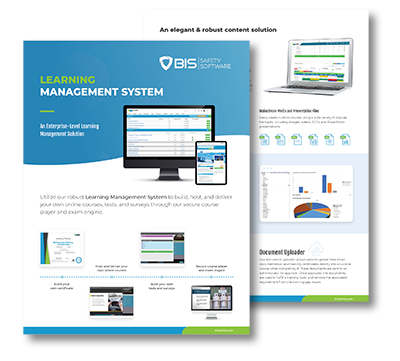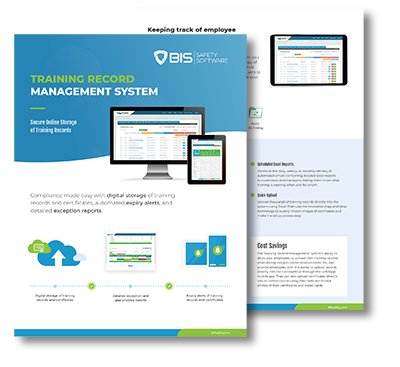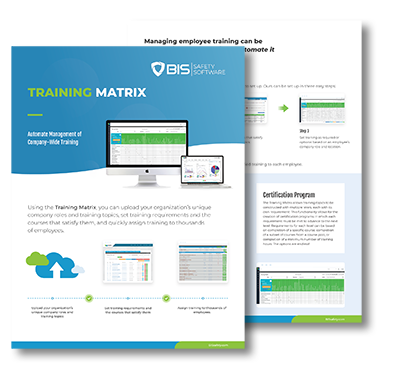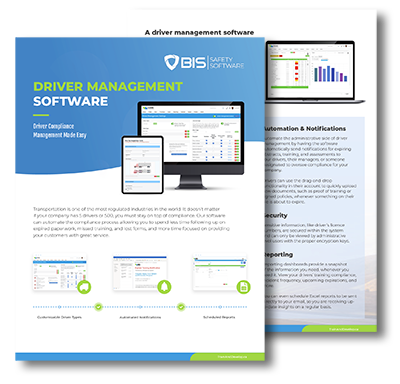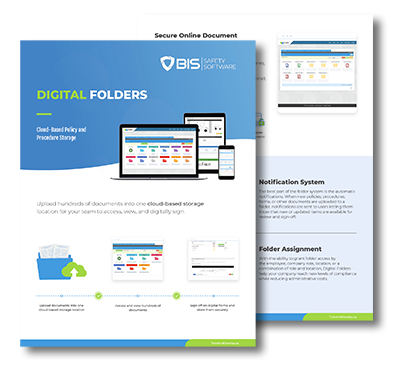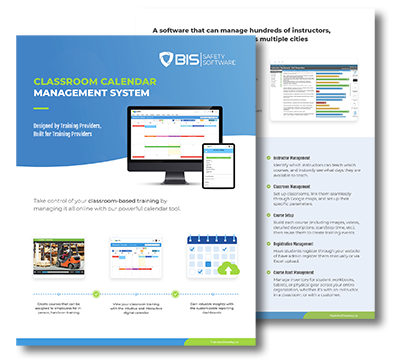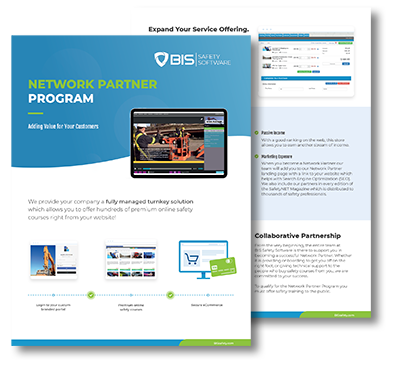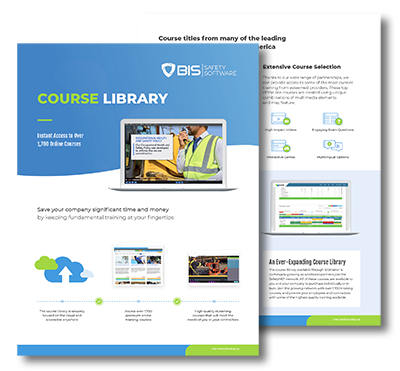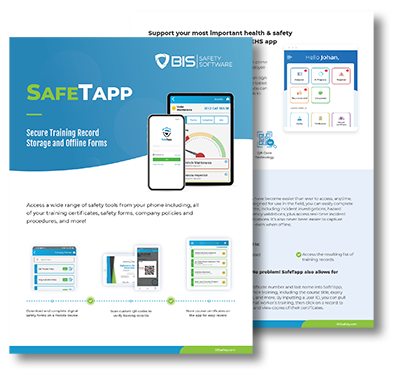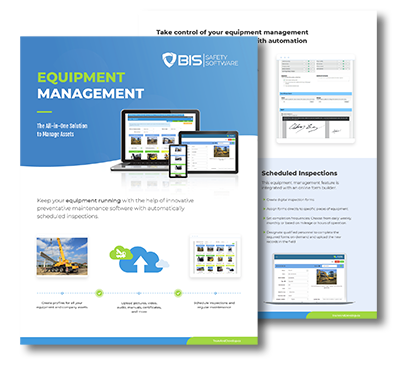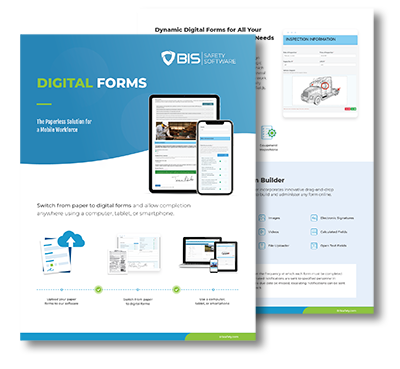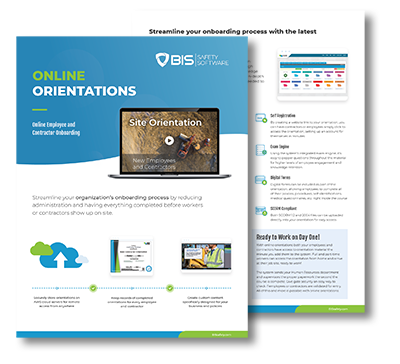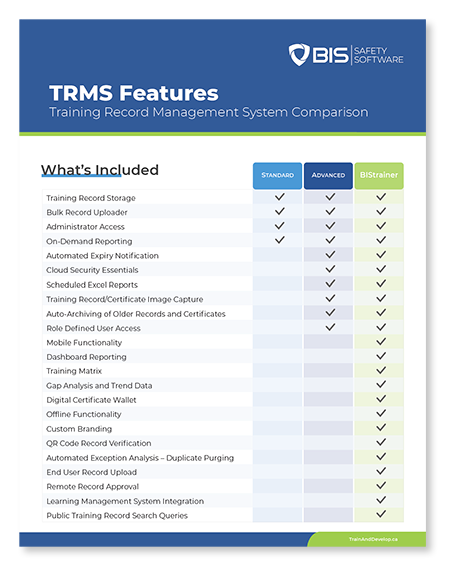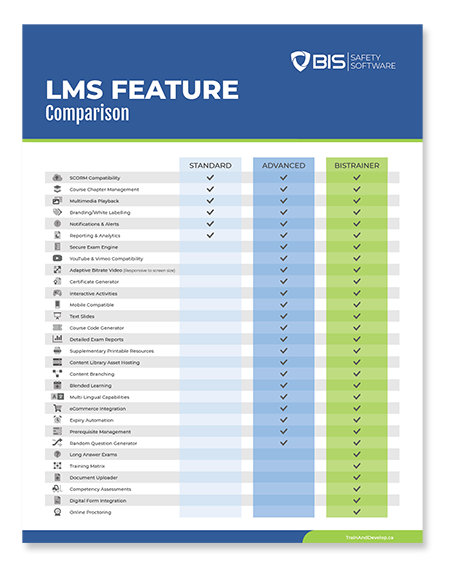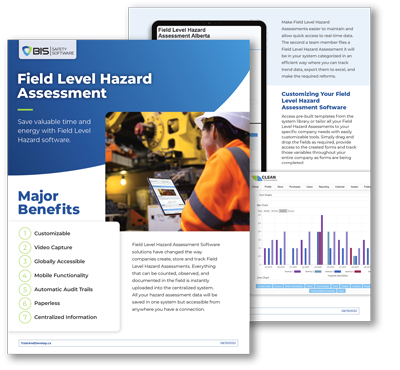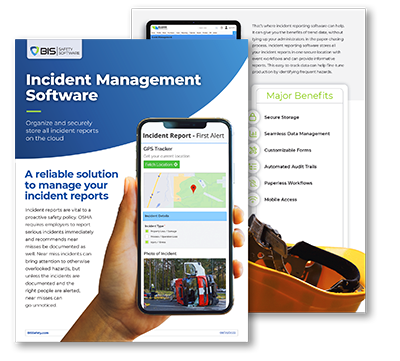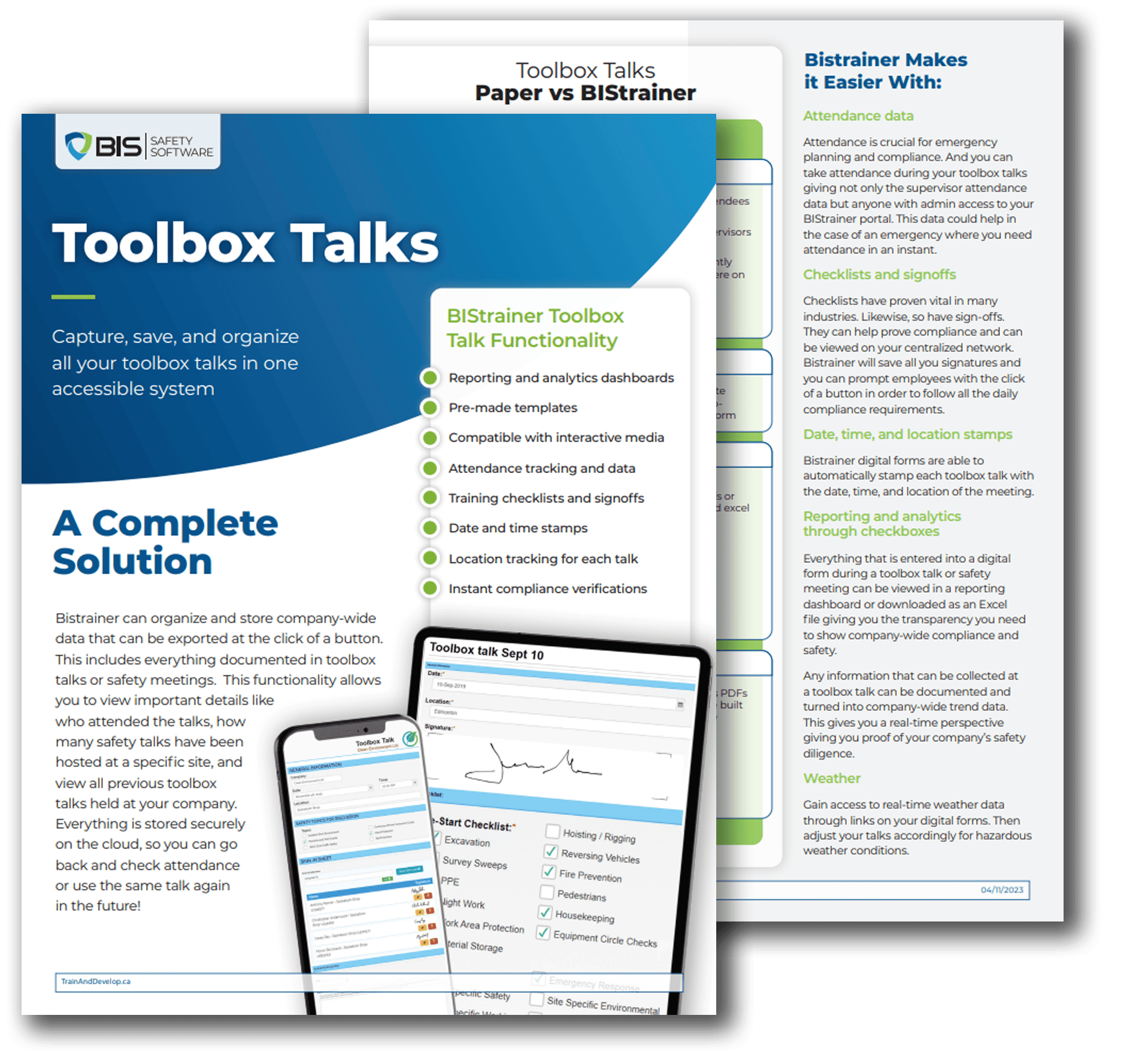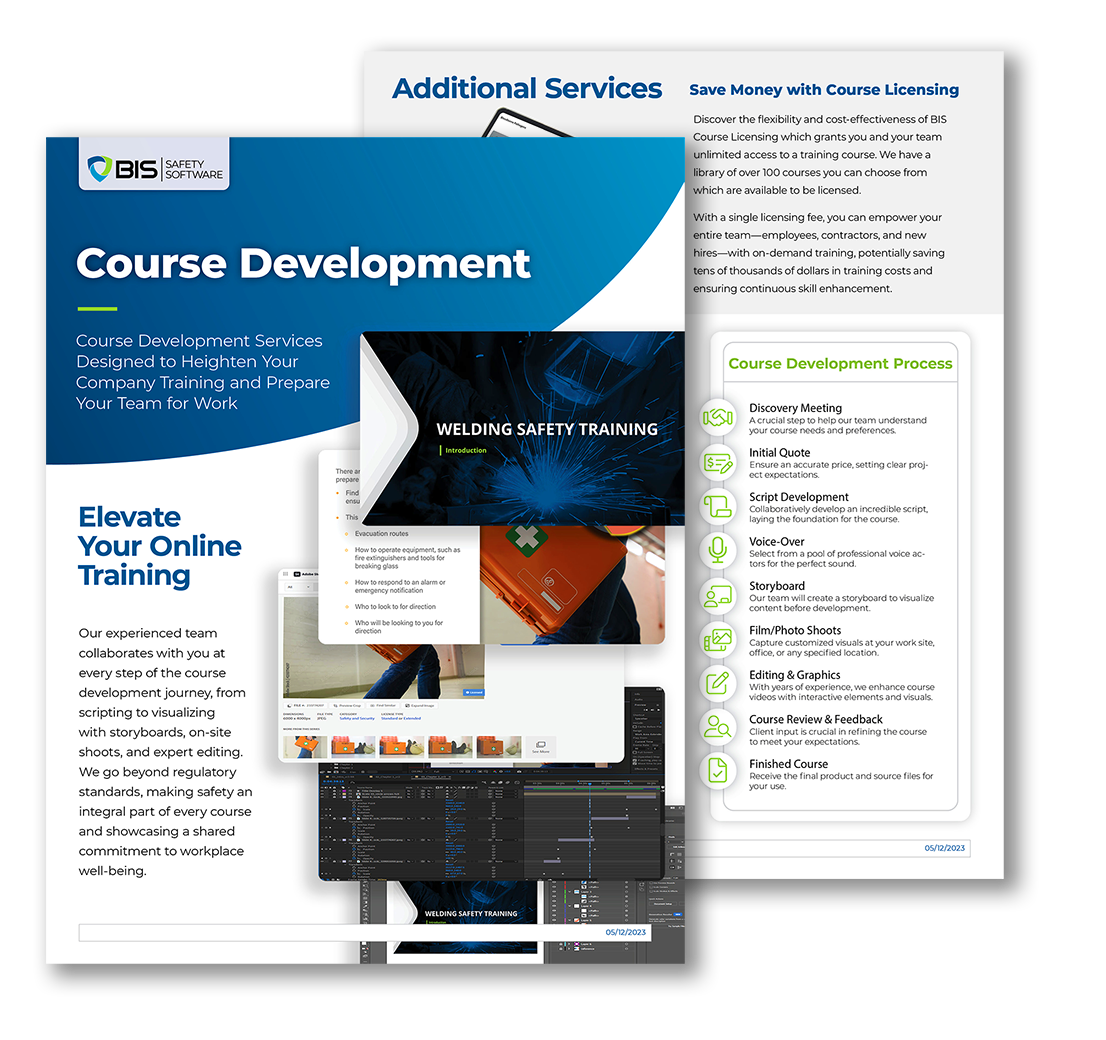Driving Emergencies Training
Safe and Smart New Driver Training Program: Defensive Driving
New Driver Training Program: Defensive Driving: Driving Emergencies
This course is designed to help CMV drivers learn how to recognize and respond to driving emergencies in a safe manner.
Driving emergencies happen to every professional driver at some point. Extreme cases can result in a loss of vehicle control. It’s important to know how to respond to emergencies like off-road recovery, brake failure, or a tire blowout.
After completing this course, learners will be able to:
- Explain the importance of maintaining directional control
- Indicate appropriate responses when faced with emergencies such as brake failure, a tire blowout, hydroplaning, and rollovers
- Recognize unsafe acts that play a role in producing or worsening hazardous situations

Safe and Smart New Driver Training Program: Defensive Driving: Driving Emergencies Course Topics
The course topics include:
Evasive Steering
- Evasive Steering
- Escape Routes
- Affecting Factors
- Steering Technique
- Seat Belts
- Special Maneuvers
Emergency Braking
- Emergency Braking
- Braking Techniques
- Controlled Braking
- Stab Braking
Off-Road Recovery
- Off-Road Recovery
- General Procedures
Brake Failure
- Causes of Brake Failure
- General Procedures
Tire Blowouts
- Causes of Blowouts
- Effects of Blowouts
- Signs of Blowouts
- Dealing with a Blowout
Hydroplaning
- Causes of Hydroplaning
- Preventing Hydroplaning
- Responding to Hydroplaning
Rollovers
- Causes of Rollovers
- Preventing a Rollover
Universally Compatible
 This course was created using standards that will allow playback on most internet capable devices with standard web browsing capabilities including Apple’s iTouch, iPad, and iPhone, as well as most other smart phones and tablets including those with Android and Windows operating systems.
This course was created using standards that will allow playback on most internet capable devices with standard web browsing capabilities including Apple’s iTouch, iPad, and iPhone, as well as most other smart phones and tablets including those with Android and Windows operating systems.
Duration
Average Completion Time
Completion times vary depending on the number of times the information is viewed prior to finishing the course. The average completion time is 15 minutes.

Testing
Knowledge Assessment
Testing is conducted in this online course to reinforce the information presented. You are provided three opportunities to achieve a passing mark of 80% or greater.

Certificate
Certificate of Completion
Upon successful completion of this course, a certificate will be available to download and print. You can access your certificate through your online account.























